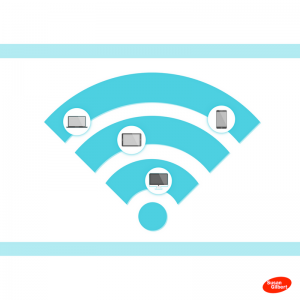
When respected publications like Harvard Business Review discuss crafting great “digital customer experiences”, the issue is now well entrenched into the corporate world.
Digital transformation is adding technical complexity to many things that were once simple and disconnected. Everyday appliances are getting “smart”. What was once a simple heating/cooling system is now a sophisticated environmental control tool: think Nest and Smart Bulb. Even washing machines from Samsung and Whirlpool are now connected.
Everyday services such as insurance and banking are all moving towards online transactions instead of slow and error prone paper processes. All organizations are becoming technological to a certain extent. Having a web presence is no longer a nice to have. It’s now vital to the very survival of your organization. The alternative means almost certain obsolescence.
Supporting your customers… Digitally
Combine this with increasingly demanding customers when it comes to finding solutions to their problems. This begs the question, where do your customers start their search when they have issues requiring support? Research shows that 75% of customers want to solve their issues on their own. A further third of those say that they would prefer cleaning a toilet than having to call to a support line.
With a very low tolerance for errors, delays and jumping through bureaucratic hoops, they use frequently use Google as their primary help desk. Our data confirms this. Looking at Vanilla’s own customer service, a whopping 60% of traffic came by way of search engines, 98% of traffic came from Google specifically. And many of the brands relying on our community solution show very similar numbers.
If we think of the end goal of support: finding a solution to a problem fast, then this workflow makes complete sense.
If they can’t find the answers they are looking for? There is a strong risk that they will air their grievances on social media. The consequences simply cannot be ignored. It leads to lowered buyer confidence for anyone looking for information about your brand online. It also directly impacts customer loyalty (others will see their peers dissatisfaction and will start building lower tolerance for error.)
The aftershock will also be felt by your demand generation teams: sales and marketing. Buyers engage much later in the sales cycles with companies – in fact, 70%-90% of the buying decision is made by the time they connect with your organization. It equates completely missed opportunities for your organization as they go to an alternative solution provider.
It’s not an “Either/Or” endgame
Thankfully, there is no need to reinvent the wheel. Often integrating what you already have all in one place (think hub and spokes) will help you further extend your support options. We love how Hootsuite handles their support hub. A large prominent search box front and center, and links (spokes) to top topics, community, social media and university. It’s designed to be helpful, rich in content and provide easy to find answers. How can you enhance your current support options?
Digital & Social Articles on Business 2 Community
(45)
Report Post







